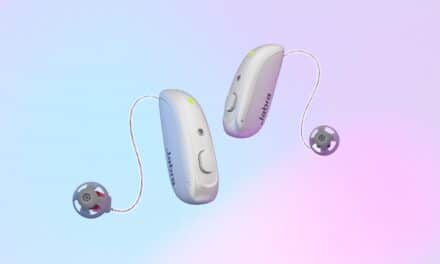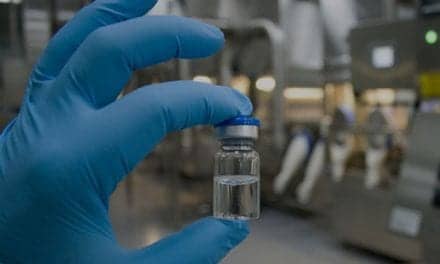
|
As an editor, I often try to predict the future, and I view prognostication as a fun but perilous pursuit. Like most editors, weathermen, and the guys on ESPN, I have a spotty record at looking into the crystal ball. I’ve been correct on some things (eg, programmables as a bridge to digital aids, the value of directional microphones, and binaural integration devices), and wrong on others (eg, hearing aid sales in some years and, at least so far, over-the-counter hearing aids and a greater reliance on the dispensing of assistive devices). So, with this acknowledgement, here’s my 5-minute take on the next 10 years.
When I entered the industry over a dozen years ago, the big product news of the day might have been a new hearing aid faceplate, trimmer, or battery door—innovations usually aimed at cosmetic solutions and having little relation to mainstream consumer electronics or the computerized fitting of hearing aids. In the middle to late ’90s, that started changing, a period when we would all breathlessly cram into seminars about the wonders of BILL, TILL, and ultimately WDRC. Back then, product life cycles were on the order of 2 to 4 years, with an “economy product” being roughly defined as a device that was closer to 4 years old than 2. Today, product life cycles in some hearing aid categories are in the range of 9 to 18 months, with premium, midrange, economy, power, open, and several other categories. Cosmetics are still a big issue, but (who would have thunk it?) the greatest innovations in cosmetics have occurred in BTEs, not ITEs—and BTEs now make up more than half of all the hearing aids sold, thanks in part to open-ear and receiver-in-the-ear technology, as well as nearly invisible mini-BTE tubing and earmolds.
In the age of cell phones, headsets, and the Internet, the streaming of audio information to the ear has become a big consumer business. We’re already seeing hearing aids being introduced that are wirelessly “plugged in” to a constellation of other communication devices and gadgets, or that can transmit data to one another. New technologies will continue to borrow and fuse with mainstream electronics to further blur the lines between what is a communication device and what is a personal amplification system. Even today, some consumer electronics products (eg, BOSE noise-cancellation headphones, Sound ID SM100) analyze the acoustic environment and increase the signal-to-noise ratio or attempt to separate the desired signals from noise. More will come, including devices that can be programmed remotely by computer or automatically via chips within the devices. The age of consumer-driven customization draws near.
The future of hearing care has been difficult to predict because the technology is evolving so rapidly, and many of the industry’s biggest challenges are extremely complex—and even difficult to define. However, if there is one overriding theme to this month’s issue of HR, which analyzes six of the most pressing problems in the hearing care field, it is that the survival of private practice dispensing will depend largely on the quality and depth of services offered. This is ironic in an industry that is, today, unquestionably driven by technology. Reading between the lines of virtually every article in this issue of HR is the point that— in a future where the borders between consumer electronics and hearing care devices overlap—it will be evidence-based practices such as individualized testing, the fine-tuning of hearing aids, real-world verification of benefit, aural rehabiliation, auditory training, and comprehensive hearing health care that will determine success. These services, along with a steadfast attention to detail (and “best practices”), are what will distinguish the hearing care professional from the mass retailers—not just specialized products.
Heraclitus said that the only constant is change. Nothing to dispute there. But the only solutions to the rapid changes that confront today’s dispensing businesses are more and better services that produce consistently positive outcomes.
|
Karl Strom |





